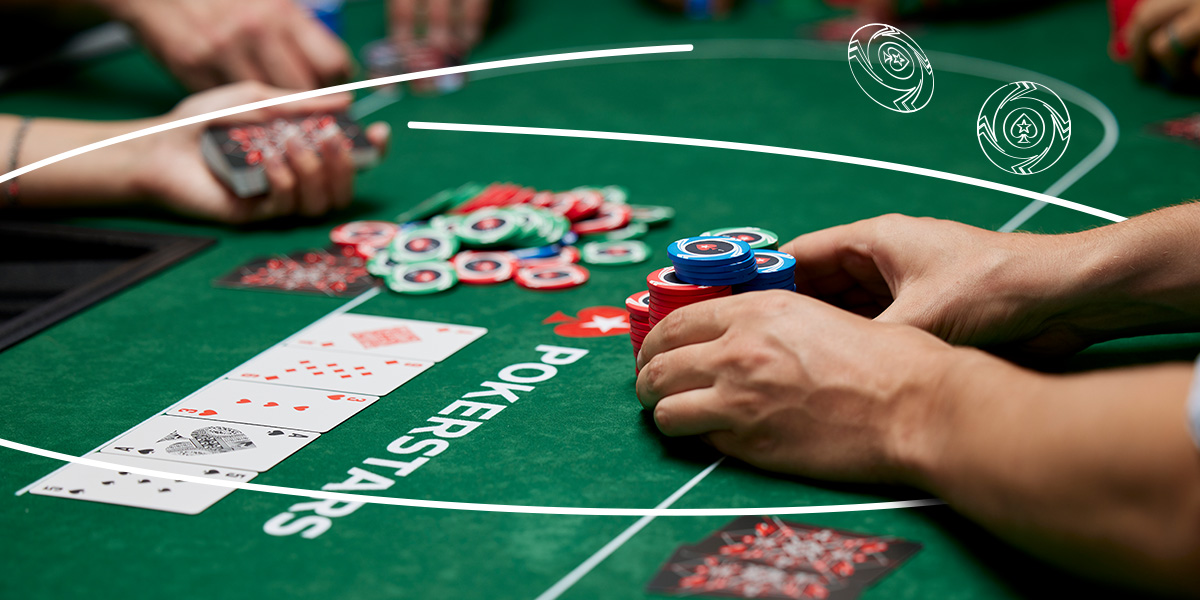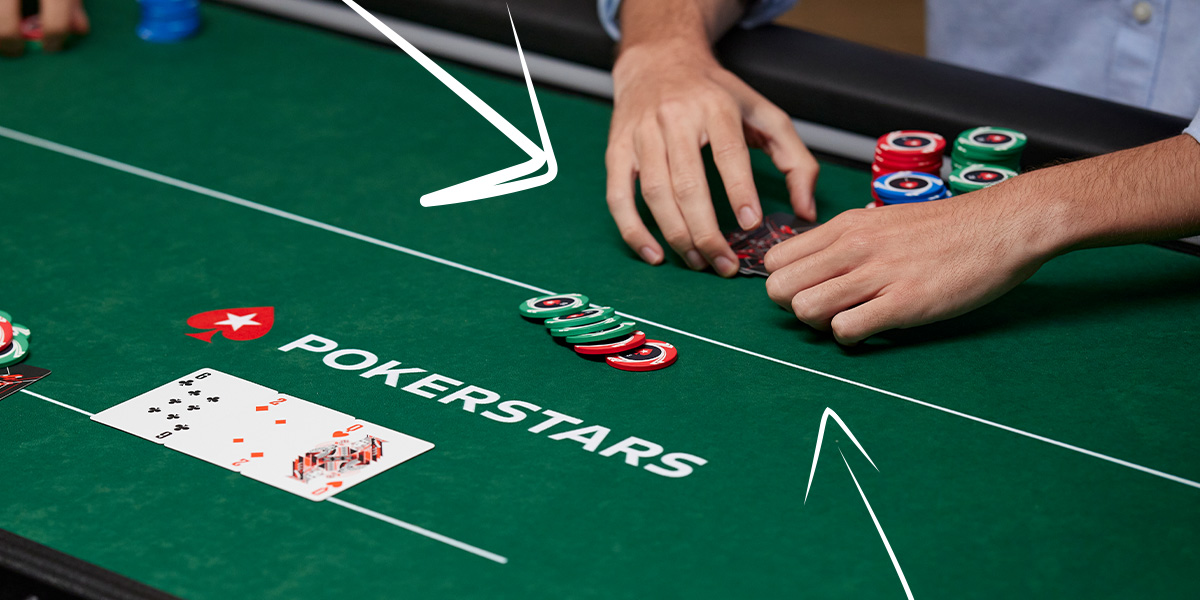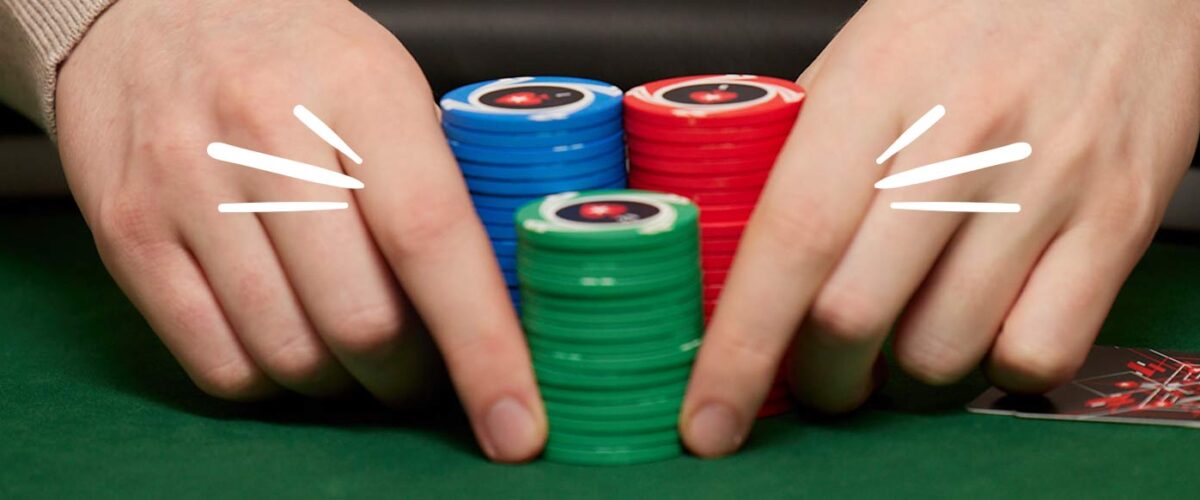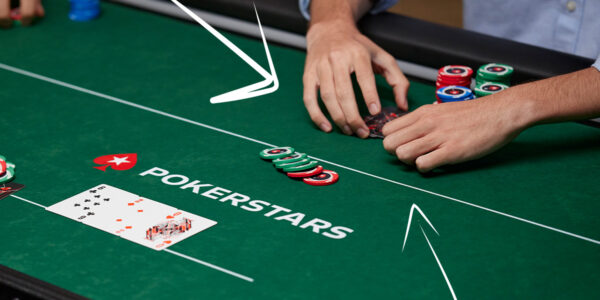3 Situations to Use Overbets
The overbet is one of the trickiest poker concepts for beginners and recreational players. It can be incredibly tough to play against, but it’s also a challenge to execute properly.
Once you get your head around it, however, it’s undoubtedly one of the most powerful moves a poker player can pull off.
But what is an overbet? Why do players do it? And when should you make one?


What is an overbet?
In a nutshell, an overbet in poker is when a player makes a bet that’s larger than the size of the pot.
For example, if the pot is $10 and a player bets $15, they have made an overbet for 150% of the pot. This stands out from more common bet sizes, such as a third of the pot or half the pot and is most often used when playing deep-stacked poker, be it the early stages of tournaments or regular cash games.
Common overbet sizes include 125% pot, 150% pot, and even 200% pot.
What makes the overbet so difficult to face are the odds you’re given. If you’re up against a half-pot bet on the river, you only need to be correct 25% of the time to make a profitable call. This is because the amount you need to put in the middle to call equates to a quarter of the pot once the call is made.
But when you’re facing a 150% pot overbet, your call now needs to be correct ~37% of the time for it to be profitable. Plus, you’re simply risking more of your stack to call.
As the overbettor, you get more chips into the pot with your strongest hands while also denying your opponent any equity they might have, as you’ve made it harder for them to call. Therefore, the overbet also works well when bluffing.
But what are some in-game situations where you should consider making an overbet?
Let’s look through three of them.
The nut advantage
One of the best times to overbet is when you have the “nut advantage” against an opponent. This means you have all the strongest possible hands in your range, whereas your opponent doesn’t.
Let’s say you open, the big blind calls, and the flop comes K♠ Q♥ 5♣ . On this board, you can have all the sets, but because your opponent didn’t 3-bet pre-flop, it’s highly unlikely that they have pocket kings or pocket queens.
You then make a continuation bet of 33% pot and the big blind calls. The turn is the 6♠ .
Because you have such a huge range advantage on this board you might consider overbetting, whether you have a strong hand or not. This is because your opponent almost never has the nuts but could have a hand with a large amount of equity, such as Q♠ 8♠ which has now turned a flush draw.
By overbetting, you can get maximum value for your strong hands while denying your opponent equity if they end up folding.
However, in this example, it’s unlikely your opponent will fold second pair and a flush draw.
But what is the turn was a brick, i.e., a card that doesn’t change the texture of the board?


Bricks
If you’re the aggressor in a hand and the turn or river is a complete brick, you might consider overbetting.
This is because it’s very unlikely that your opponent’s hand has improved with the brick card and therefore you can apply maximum pressure with an overbet.
So the next time you play a pot where you’ve opened pre-flop and continued on the flop, ask yourself: has the turn card changed anything?
Whether you have a strong hand or not, an overbet can get the job done. Either your opponent calls and you build a huge pot with a very strong hand – setting up a potential shove or another overbet on the river – or they fold to the pressure, and you take down the pot when bluffing.
Bluffing
Overbets are very polarising. When you make one, you’re really saying that you either have a very strong hand or you’re bluffing.
The beauty is that because your opponent is getting bad odds to call an overbet, they really have to be sure you’re bluffing to make the call.
Let’s say the river brings in a straight that only you can have as the aggressor. For example, you raised pre-flop, bet a 2♠ 4♣ 9♥ flop, bet again on a K♦ turn, and the river is the 3♦ .
Your opponent will hardly ever reach the river with ace-five or five-six for a straight, as they’re likely to lay it down when facing a turn bet. As the aggressor, you certainly have ace-five suited in your range.
In the long run, just make sure you mix your overbets between value bets and bluffs to keep your opponents guessing!











